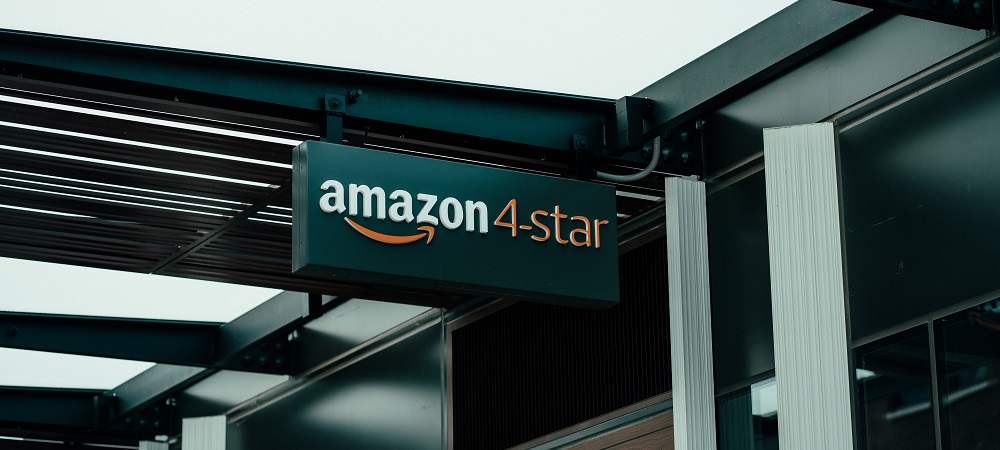
In March of this year Amazon announced that it would close all of its Amazon 4-Star and Amazon Books retail stores, shuttering nearly 70 locations in total across the United States.
The retail experiment, which the company launched in 2015, was a buzzy and ambitious one.
Ultimately, though, it did not prove successful, and the demise of Amazon’s stores has a few lessons to impart about the company’s strengths and weaknesses.
When Amazon first opened its Amazon Books locations people were quick to note the irony inherent in the decision – the fact that the company that had put many bookstores across the country out of business were now entering the brick-and-mortar bookselling space for themselves.
Ultimately, however, Amazon Books lacked one key quality that was essential to the success of traditional bookstores, and that was curation. Amazon Books stores tended to focus mostly on bestsellers and books with lots of positive user reviews on Amazon.com. But is finding bestsellers really enough to drive consumers into a bookstore? After all, lists of bestselling books are readily available to anyone with an internet connection, and ordering these bestsellers online has never been easier or faster thanks, of course, to Amazon.
It’s worth considering what sets great bookstores apart. What has kept customers returning to their local stores even after books became readily available online often at lower prices? There is, of course, a feeling of community connection to local bookstores. The people who work there know a lot about books–what’s good, what’s new, what’s coming soon, what’s an underground hit. The shops often host visiting writers for free readings in intimate settings.
But most importantly there is the element of discovery provided by a thoughtfully curated experience. Where the selection at Amazon Books was curated, effectively, by popular opinion, traditional bookshops are curated by individuals with deep appreciation and knowledge of literature. That’s arguably something worth making a trip for.
This lack of curation was also a flaw of the Amazon 4-Star stores. Part of the allure of shopping in-store is that someone–a real person, or a team of people–has curated the experience on your behalf. Product offerings are tailored to the season, the geographic area, and the demographics of the target customer. Even boutiques that sell a variety of goods still maintain a cohesive vision informed by their brand identity.
Amazon 4-Star stores, on the other hand, threw together a haphazard collection of 4-star products and Amazon devices. Very little unified the offerings outside of being highly rated on
Amazon.com and this contributed to an experience that could, at times, feel disjointed and unpredictable.
Discovery isn’t really Amazon’s core strength, online or otherwise. Consumers go to Amazon.com in search of something specific, knowing they are almost certain to find it. The company’s strength is scale and logistics, not browsing and discovery. So it perhaps isn’t surprising that the 4-Star stores, which seemed designed in the hopes of drawing in window shoppers and encouraging spontaneous purchases, failed to take off.
What’s more, the stores themselves lacked both personality and visual interest at a time when brick-and-mortar retailers are striving more than ever to make the in-store shopping experience one that surprises and delights consumers. On the contrary, Amazon stores felt strangely lifeless and corporate–almost exactly like a browser window that had come to life.
In short, there wasn’t much to draw consumers into Amazon’s sprawling (and expensive) retail spaces save the opportunity to make online returns without needing a packing slip or enduring a trip to the post office, something you can already do at Whole Foods anyway.
Finally, the pandemic certainly didn’t help matters. At a time when consumers were flocking to ecommerce more than ever, the success of an already dubious brick-and-mortar venture was always going to be difficult to conjure.
For now the company is forging ahead with its other retail ventures–Amazon Fresh, Amazon Go, and Amazon Style, though the latter is still limited to a single concept store in Los Angeles. The grocery business appears to be an area of focus as the company continues to announce new Amazon Fresh store openings and tap talent with roots in the industry.

